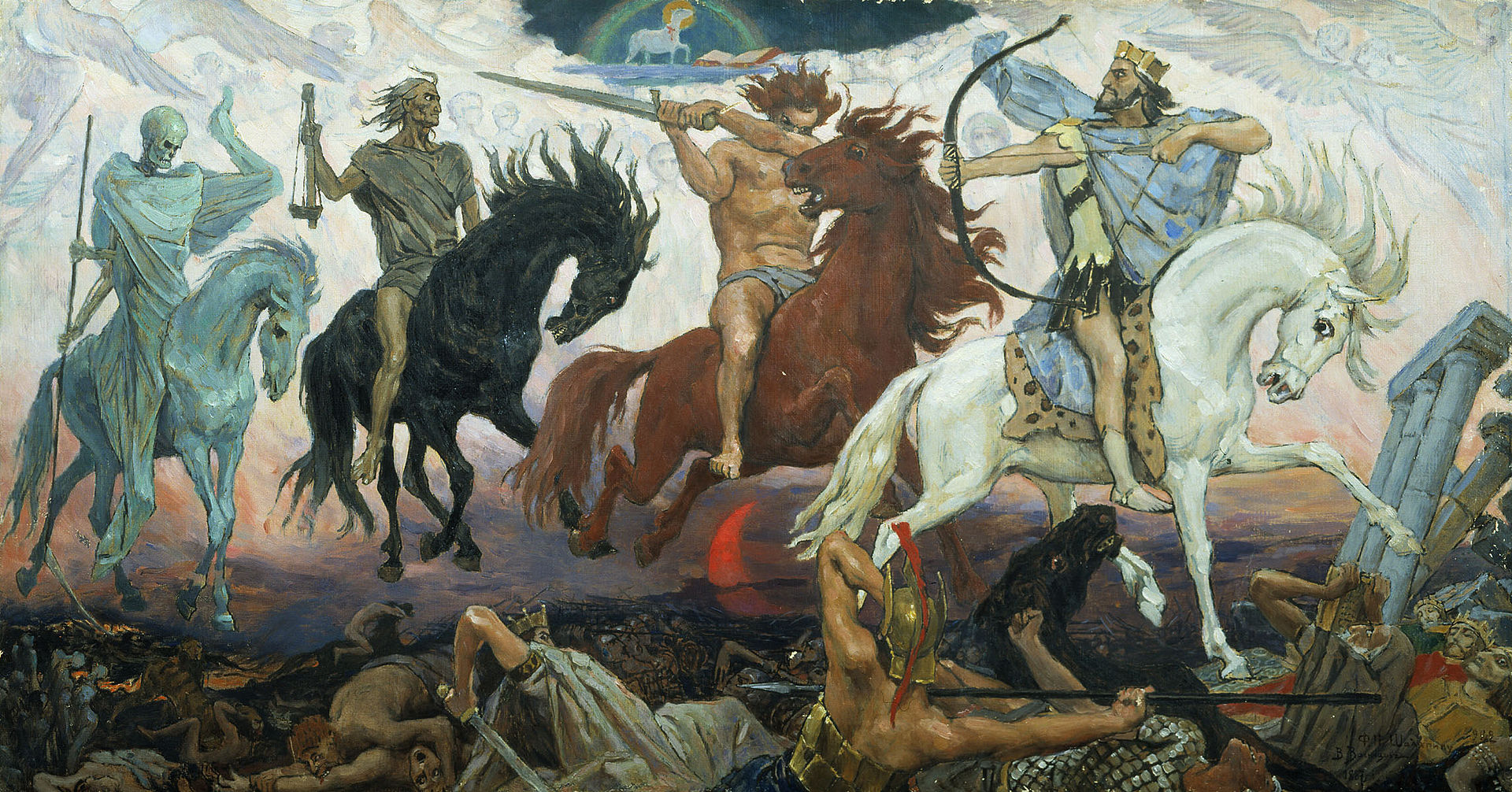My latest article published on Impakter, here is the opening:
Wallace-Wells is no tree-hugger climate activist. He’s a serious investigative journalist, he goes to the sources and interviews the people involved. His book is a compendium of the latest research findings, presented in clear, sober language. And it is a veritable shocker.
There are two reasons for that.
One is that Wallace-Wells has a knack for zeroing in on the unusual striking image, things that climate change will bring about and that you probably never thought of. To illustrate how he does it, I’ll just quote one example but there are many more. Speaking of insect migrations caused by global warming, he writes:
The other reason is that we are used to getting climate news in bits and pieces, not all of it together. That’s what makes the first part of his book, aptly titled “Elements of Chaos”, so arresting. The “elements” are divided in 12 chapters whose headings make for a truly scary list precisely because they are happening together:
That’s what makes The Uninhabitable Earth a must read for climate deniers too. The mounting evidence is such, especially when marshalled together as done here with impartial, scientific observations, statistics and projections, that climate deniers are now in a position similar to those arguing that the earth is flat or was created four thousand years ago in one week.
...
Read the rest on Impakter, click here.
Two books that changed the world: David Wallace-Wells’ The Uninhabitable Earth, like Rachel Carson’s Silent Spring, makes it impossible to ignore the issue
You are concerned with climate change but the avalanche of news numbs you. Don’t feel guilty, you are not alone. Many are like you, literally turned off - the problem feels like it’s happening on another planet. But there is one book out there that you should read this year if you read nothing else. It will change how you perceive the world and our future forever: The Uninhabitable Earth: Life After Warming by David Wallace-Wells, a columnist and Deputy Editor at New York Magazine (published by Penguin, February 2019).Wallace-Wells is no tree-hugger climate activist. He’s a serious investigative journalist, he goes to the sources and interviews the people involved. His book is a compendium of the latest research findings, presented in clear, sober language. And it is a veritable shocker.
There are two reasons for that.
One is that Wallace-Wells has a knack for zeroing in on the unusual striking image, things that climate change will bring about and that you probably never thought of. To illustrate how he does it, I’ll just quote one example but there are many more. Speaking of insect migrations caused by global warming, he writes:
"The imperious West has spent five centuries looking down its nose at the plight of those living within the pale of tropical disease, and one wonders how that will change when mosquitoes carrying malaria and dengue are flying through the streets of Copenhagen and Chicago, too."
The other reason is that we are used to getting climate news in bits and pieces, not all of it together. That’s what makes the first part of his book, aptly titled “Elements of Chaos”, so arresting. The “elements” are divided in 12 chapters whose headings make for a truly scary list precisely because they are happening together:
- Heath Death -
- Hunger -
- Drowning -
- Wildfire -
- Disasters No Longer Natural (“in a four-degree-warmer world, the earth’s ecosystem will boil with so many disasters that we will just start calling them ‘weather’: out of control typhoons and tornadoes and floods and droughts”) -
- Freshwater Drain -
- Dying Oceans -
- Unbreathable Air -
- Plagues of Warming (“trapped in Arctic ice, diseases that have not circulated in the air for millions of years...Which means our systems would have no idea how to fight back...Zika may also be a good model of a second worrying effect - disease mutation” -
- Economic Collapse -
- Climate Conflict (“for every half degree of warming, [researchers] say, societies will see between a 10 and 20 percent increase in the likelihood of armed conflict”) -
- “Systems” (Wallace-Wells calls them “cascades”, climate scientists call them “systems crises” and the American military a “threat multiplier”: “the multiplication when it falls short of conflict, produces migration, that is climate refugees. Since 2008, by one count, it has already produced 22 million of them”.
 |
| Four Horsemen of the Apocalypse, an 1887 painting by Viktor Vasnetsov. Depicted from left to right are Death, Famine, War, and Conquest. The Lamb is visible at the top. |
That’s what makes The Uninhabitable Earth a must read for climate deniers too. The mounting evidence is such, especially when marshalled together as done here with impartial, scientific observations, statistics and projections, that climate deniers are now in a position similar to those arguing that the earth is flat or was created four thousand years ago in one week.
...
Read the rest on Impakter, click here.

Comments